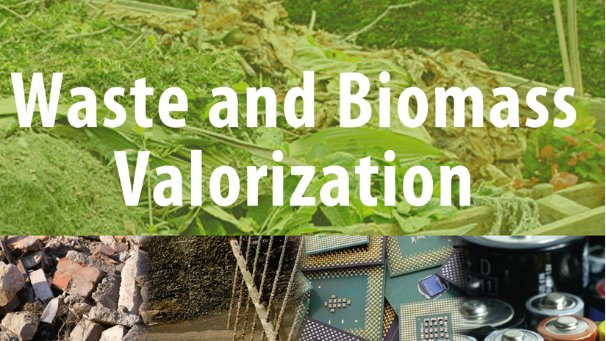可生物降解与不可生物降解微塑料对黑兵蝇幼虫生长发育影响的比较研究
IF 2.8
4区 环境科学与生态学
Q3 ENVIRONMENTAL SCIENCES
引用次数: 0
摘要
摘要目的研究可生物降解和不可生物降解微塑料(MPs)在黑兵蝇幼虫(BSFL)体内的消化过程,并评估其对幼虫生长发育的影响。目标是了解MPs在BSFL中的命运,考虑到它们被MPs污染的废物转化的潜力。方法对BSFL暴露于两种MPs环境下,监测其生长发育、MPs潜在蓄积和排泄情况。结果发现,MPs仅在幼虫肠道内积累,对BSFL的生长发育无不良影响。幼虫在化蛹前就能有效地排出MPs。结论本研究强调了BSFL作为有机废物生物转化剂的潜力,即使在存在MPs的情况下也是如此。BSFL在化蛹前有效排泄MPs,表明它们有能力减轻MP积累造成的潜在危害。事实上,BSFL可能在化蛹前分泌MPs,这有助于它们作为动物饲料的安全使用。仔细评估在受污染的基材上,特别是含有纳米塑料、化学物质或有毒金属等肉眼无法检测到的残留物的基材上使用BSFL的影响,并进一步研究其对废物管理和可持续畜牧业的更广泛影响,仍然很重要。实验设计概述了用于研究两种微塑料,聚酰胺(PA)和聚乳酸(PLA)对黑兵蝇幼虫生长发育影响的分析工作流程。本文章由计算机程序翻译,如有差异,请以英文原文为准。
A Comparative Study of Effects of Biodegradable and Non-biodegradable Microplastics on the Growth and Development of Black Soldier Fly Larvae (Hermetia illucens)
Abstract Purpose This study aimed to investigate the digestion process of biodegradable and non-biodegradable microplastics (MPs) within black soldier fly larvae (BSFL) and assess their impact on larval growth and development. The goal was to understand the fate of MPs within BSFL, considering their potential for waste conversion polluted with MPs. Methods BSFL were exposed to two types of MPs, and their growth, development, potential accumulation and excretion of MPs were monitored. Results The findings revealed that the MPs accumulated solely in the larval gut and had no adverse effects on the growth and development of BSFL. Larvae efficiently excreted MPs before reaching the pupation stage. Conclusion This research emphasizes the potential of BSFL as a bioconversion agent for organic waste, even in the presence of MPs. The effective excretion of MPs by BSFL before pupation suggests their ability to mitigate potential harm caused by MP accumulation. The fact that BSFL may excrete MPs before pupation would contribute to their safe use as animal feedstock. A careful evaluation of the effects of using BSFL reared on contaminated substrates especially containing visually non-detectable residuals like nanoplastics, chemicals or toxic metals and further examination of the broader implications for waste management and sustainable livestock farming remains important. Graphical Abstract Experimental design outlining the workflow for the analyses used to investigate the effect of two types of microplastics, polyamide (PA), and polylactic acid (PLA), on growth and development of black soldier fly larvae.
求助全文
通过发布文献求助,成功后即可免费获取论文全文。
去求助
来源期刊

Waste and Biomass Valorization
ENVIRONMENTAL SCIENCES-
CiteScore
7.90
自引率
3.10%
发文量
311
审稿时长
4 months
期刊介绍:
Until the 1990s, technology was the main driver when dealing with waste and residues, the objective being the treatment of waste for (landfill) disposal, storage, and in some cases sorting. In the 1990s, depletion of raw materials and socio-economical concerns supported the direct recycling of waste and residues. However, the direct recycling approach is limited when waste/residues contain significant amounts of pollutants such as heavy metals and organics (VOC, PAH), and when the treatment process to remove/stabilize or destruct the pollutant generates emissions. Due to depletion of natural resources, increasing greenhouse emissions, and awareness of the need for sustainable development in terms of safely reusing waste and biomass, the transformation of waste/biomass to valuable materials and energy (i.e. valorization) is emerging as a strong trend
 求助内容:
求助内容: 应助结果提醒方式:
应助结果提醒方式:


